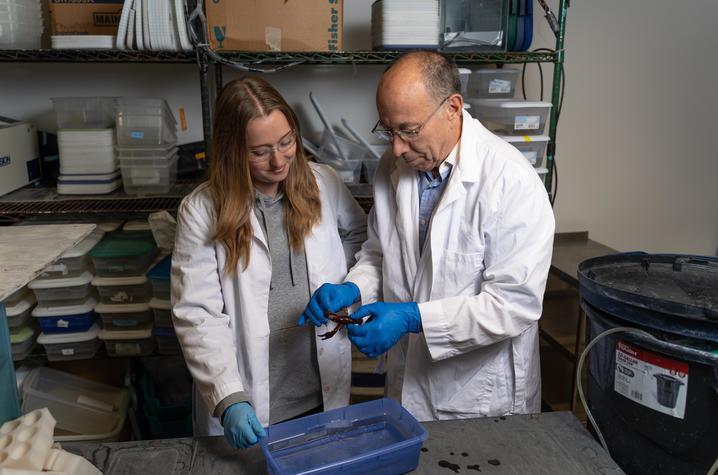Brief Bio:
Professor of Biology at the University of Illinois at Chicago and Research Associate, Field Museum of Natural History.
Abstract:
The vast majority of angiosperms simultaneously produce pollen and ovules. Despite the obvious potential for self-fertilization, most instead predominantly or exclusively cross-fertilize. The most important contrivance used by flowering plants to ensure cross-fertilization is self-incompatibility (SI). SI is a suite of mechanisms that prevents zygote formation by recognizing and rejecting a plant’s own pollen. SI strongly scales effective population sizes and shapes both spatial and temporal distribution of genetic variation. This, in turn, determines the rate of adaptation with far-reaching consequences for the evolution of other traits.
Nevertheless, SI faces high mutation rate and selection favoring transition from SI to self-compatibility (SC). One-half of angiosperm species are self-fertile, and the transition from SI to SC is one of the best trod evolutionary pathways in flowering plant evolution. Here, I present our recently developed candidate-based, phylotranscriptomic approach for rapid discovery of genes that underly such traits (Ramanauskas and Igic 2021, 2023, Ramanauskas et al. 2025). Using both our original data and a literature review, I discuss the significance of the massive convergence and deep homology of SI, an unusual "meta key innovation" across flowering plants.
Genetic mechanisms causing SI are complex and varied, but each minimally comprises of a self-recognition reaction between pollen- ("male") and pistil-expressed ("female") genes, leading to a regulatory cascade and death of self-pollen. Remarkably similar--yet clearly distinct and convergent--SI systems have independently evolved many times. And yet, one SI system (RNase-based SI) is extraordinarily widespread and homologous. It has been continually present since the common ancestor of eudicots 120+ My ago, and gave rise to 200,000+ species, nearly 75% of all flowering plants
References
Ramanauskas, K., F.J. Jimenez-Lopez, M. Sanchez-Cabrera, M. Escudero, P.L. Ortiz, M. Arista, and B.Igic. 2025. Rapid Detection of RNase-based Self-incompatibility in Lysimachia monelli (Primulaceae). American Journal of Botany 112:e16449 16pp. https://bsapubs.onlinelibrary.wiley.com/doi/full/10.1002/ajb2.16449
Ramanauskas, K. and B. Igic. 2023. kakapo: Easy extraction and annotation of genes from raw RNA-seq reads. PeerJ e16456 13pp. https://peerj.com/articles/16456/
Ramanauskas, K. and B. Igic. 2021. RNase-based self-incompatibility in cacti. New Phytologist 231:2039-2049. https://nph.onlinelibrary.wiley.com/doi/epdf/10.1111/nph.17541




 Dr. Boris Igic
Dr. Boris Igic